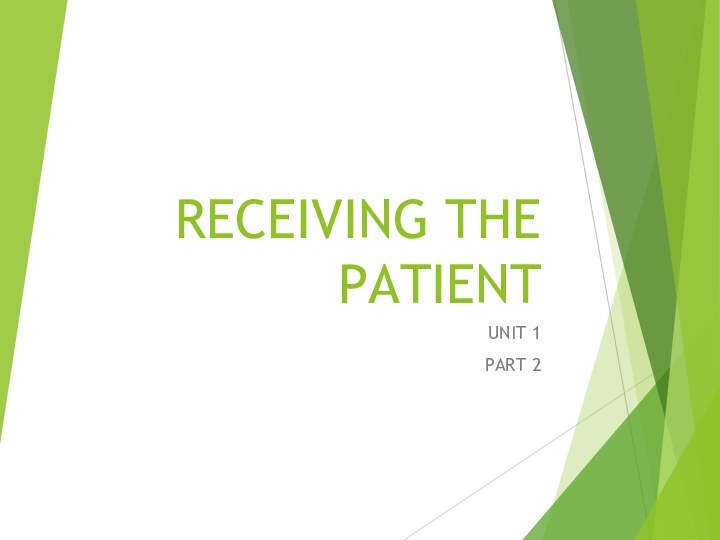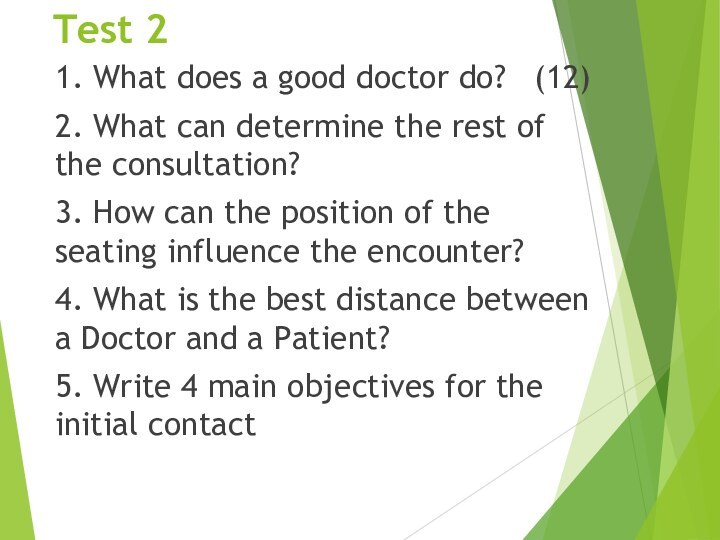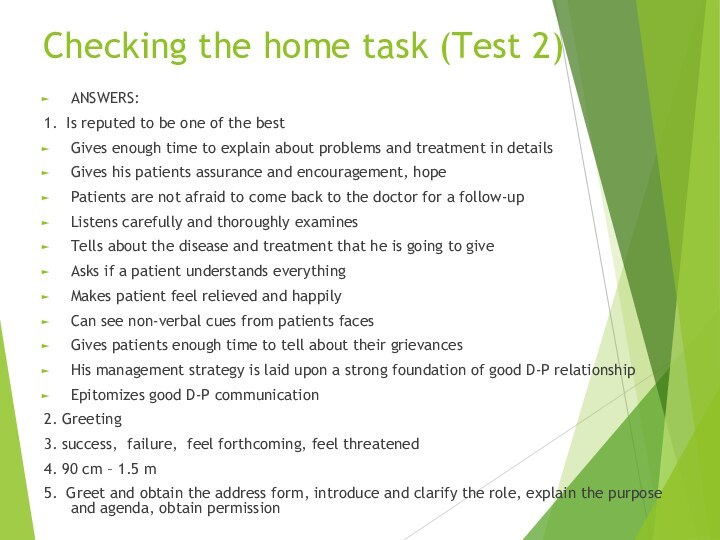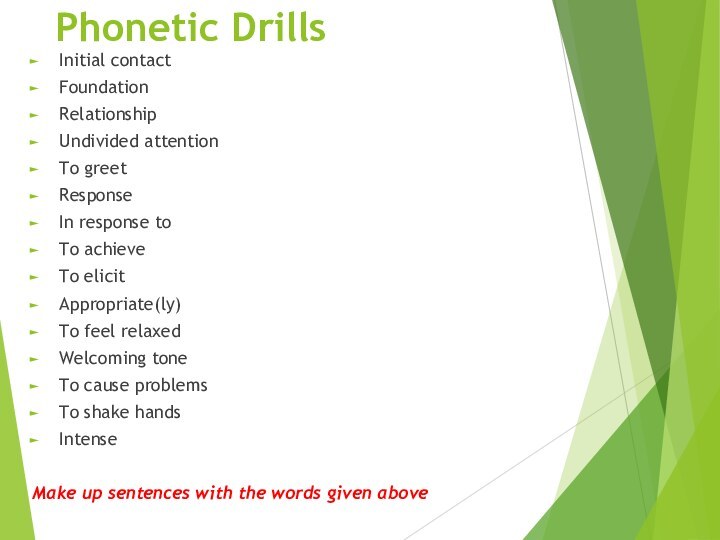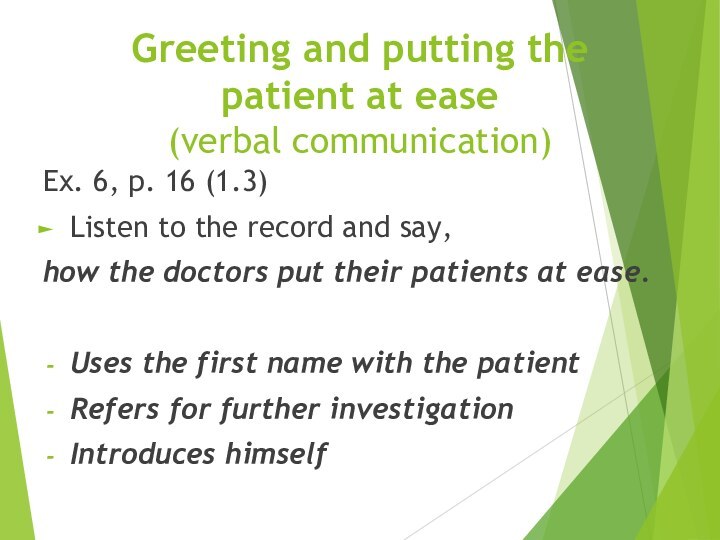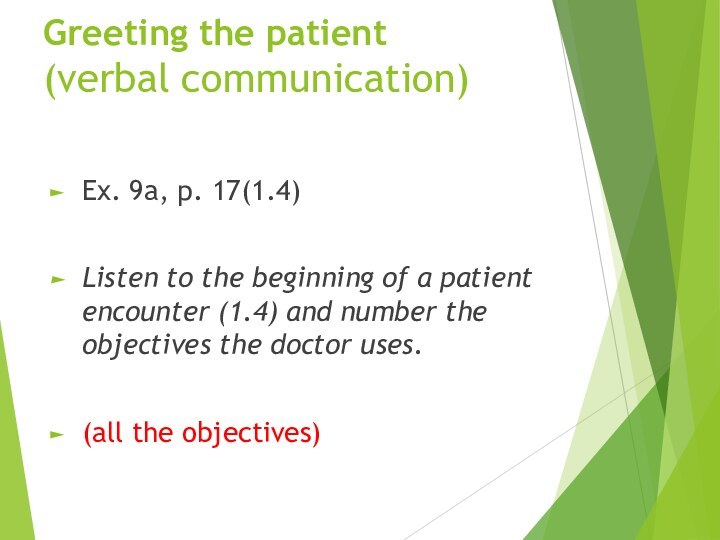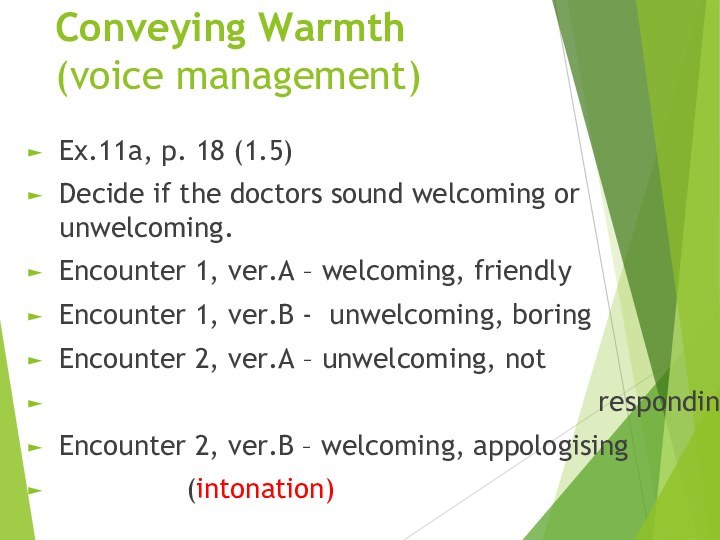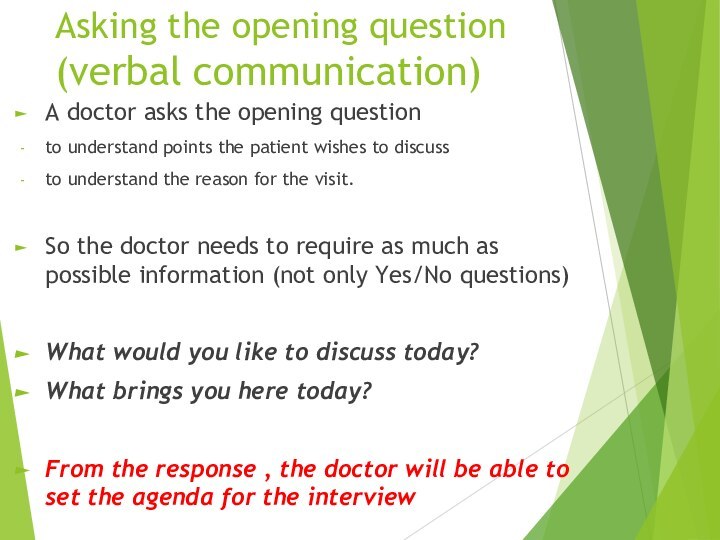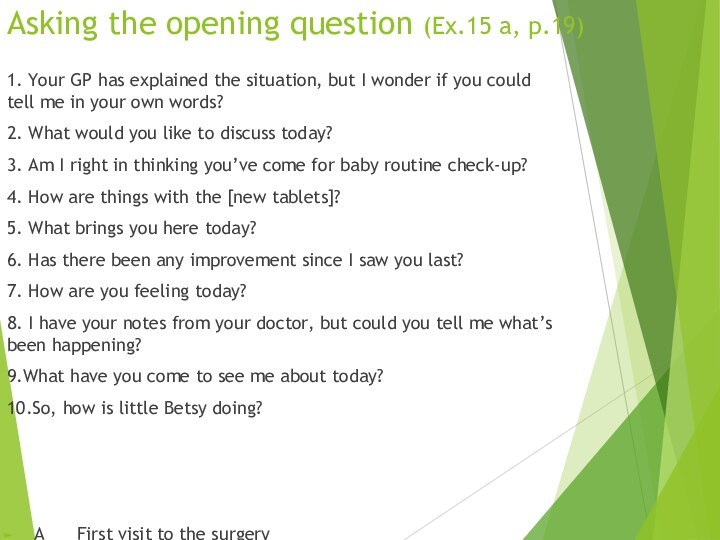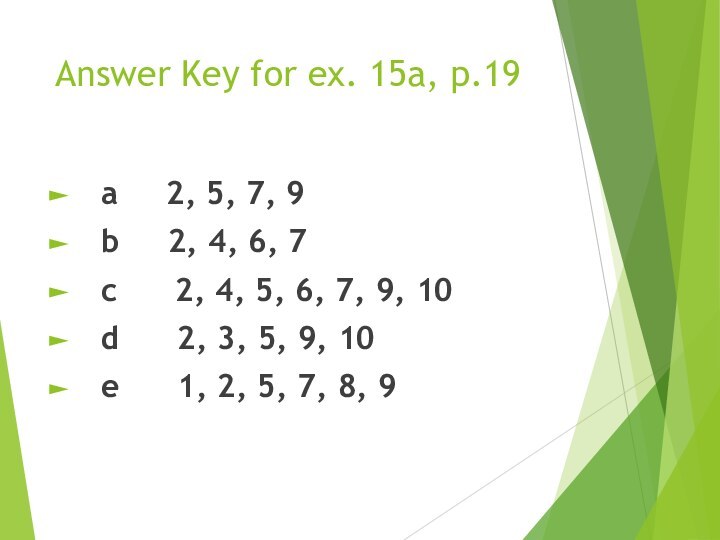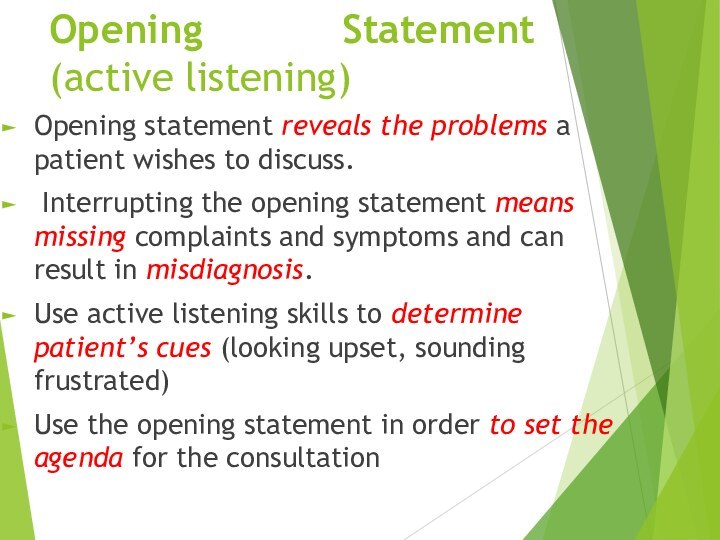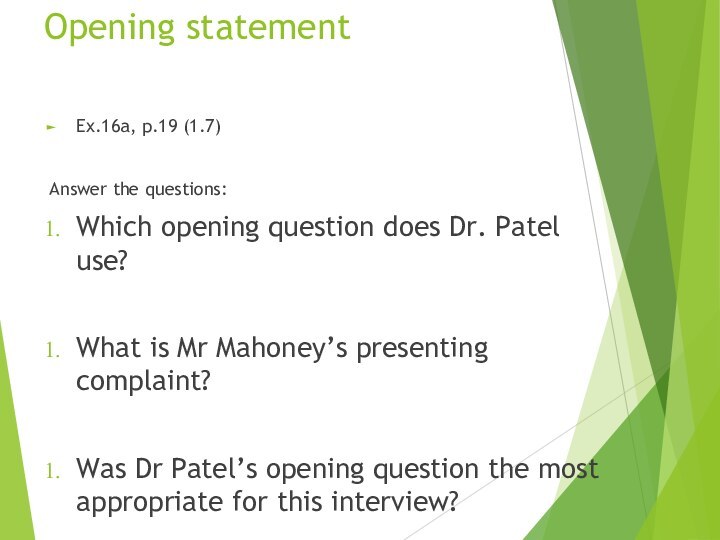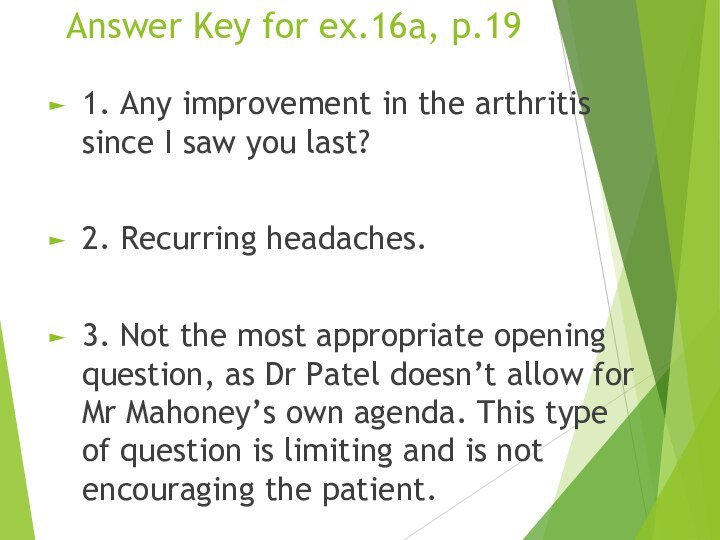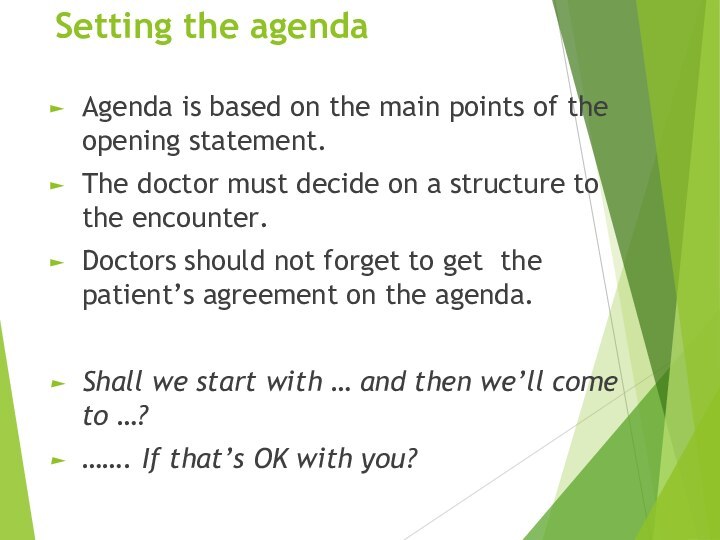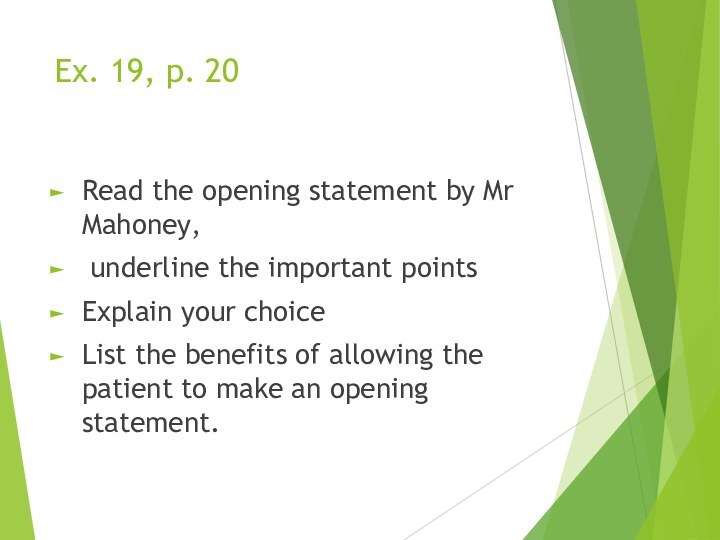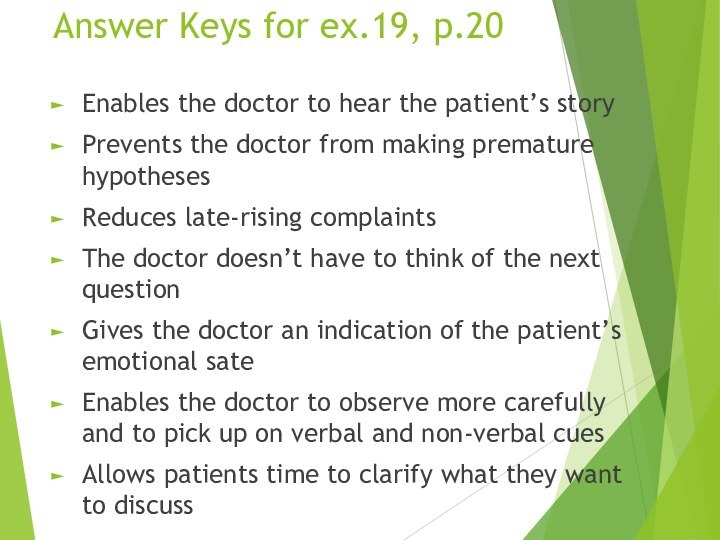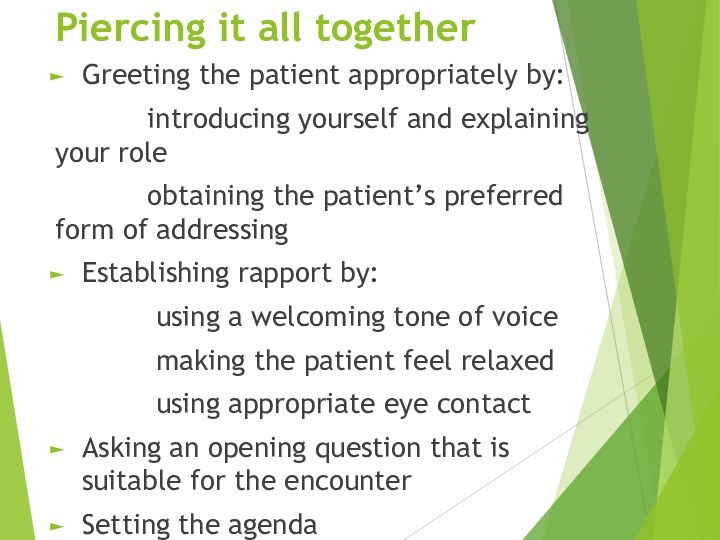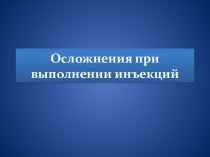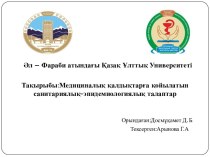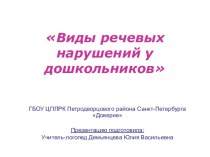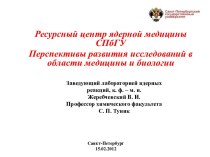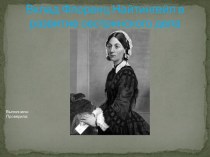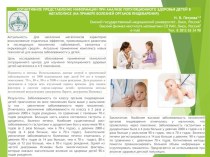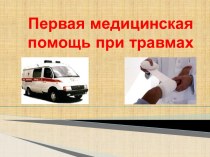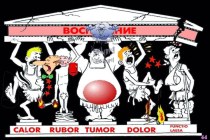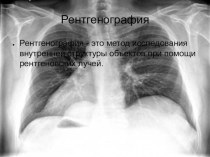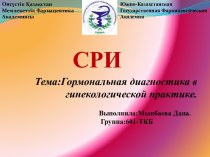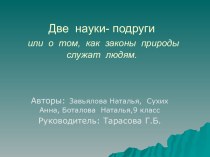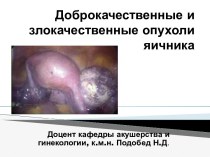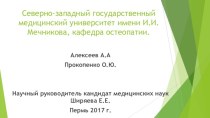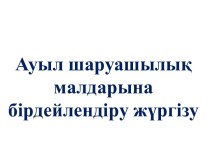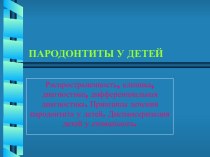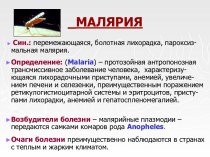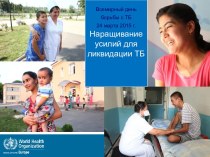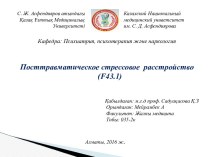Слайд 2
Test 2
1. What does a good doctor do?
(12)
2. What can determine the rest of the
consultation?
3. How can the position of the seating influence the encounter?
4. What is the best distance between a Doctor and a Patient?
5. Write 4 main objectives for the initial contact
Слайд 3
Checking the home task (Test 2)
ANSWERS:
1. Is reputed to be one of the best
Gives enough time to explain about problems and treatment in details
Gives his patients assurance and encouragement, hope
Patients are not afraid to come back to the doctor for a follow-up
Listens carefully and thoroughly examines
Tells about the disease and treatment that he is going to give
Asks if a patient understands everything
Makes patient feel relieved and happily
Can see non-verbal cues from patients faces
Gives patients enough time to tell about their grievances
His management strategy is laid upon a strong foundation of good D-P relationship
Epitomizes good D-P communication
2. Greeting
3. success, failure, feel forthcoming, feel threatened
4. 90 cm – 1.5 m
5. Greet and obtain the address form, introduce and clarify the role, explain the purpose and agenda, obtain permission
Слайд 4
Phonetic Drills
Initial contact
Foundation
Relationship
Undivided attention
To greet
Response
In response to
To achieve
To
elicit
Appropriate(ly)
To feel relaxed
Welcoming tone
To cause problems
To shake hands
Intense
Make up
sentences with the words given above
Horrible
Kept on writing
Typical
A nurse
To chat
To acknowledge
Eventually
Sounded bored
To get annoyed
A list
Tongue-tied
Especially
Appointment
To complain
To get embarrassed
Слайд 5
Greeting and putting the
patient at ease
(verbal
communication)
Ex. 6, p. 16 (1.3)
Listen to the record and
say,
how the doctors put their patients at ease.
Uses the first name with the patient
Refers for further investigation
Introduces himself
Слайд 6
Greeting the patient
(verbal communication)
Ex. 9a, p. 17(1.4)
Listen
to the beginning of a patient encounter (1.4) and
number the objectives the doctor uses.
(all the objectives)
Слайд 7
Conveying Warmth
(voice management)
Ex.11a, p. 18 (1.5)
Decide if the
doctors sound welcoming or unwelcoming.
Encounter 1, ver.A – welcoming,
friendly
Encounter 1, ver.B - unwelcoming, boring
Encounter 2, ver.A – unwelcoming, not
responding
Encounter 2, ver.B – welcoming, appologising
(intonation)
Слайд 8
Asking the opening question
(verbal communication)
A doctor asks the
opening question
to understand points the patient wishes to
discuss
to understand the reason for the visit.
So the doctor needs to require as much as possible information (not only Yes/No questions)
What would you like to discuss today?
What brings you here today?
From the response , the doctor will be able to set the agenda for the interview
Слайд 9
Asking the opening question (Ex.15 a, p.19)
1. Your
GP has explained the situation, but I wonder if
you could tell me in your own words?
2. What would you like to discuss today?
3. Am I right in thinking you’ve come for baby routine check-up?
4. How are things with the [new tablets]?
5. What brings you here today?
6. Has there been any improvement since I saw you last?
7. How are you feeling today?
8. I have your notes from your doctor, but could you tell me what’s been happening?
9.What have you come to see me about today?
10.So, how is little Betsy doing?
A First visit to the surgery
B Hospital round
C Follow-up visit
D Check-up for a newborn
E Following a referral
Слайд 10
Answer Key for ex. 15a, p.19
a
2, 5, 7, 9
b 2,
4, 6, 7
c 2, 4, 5, 6, 7, 9, 10
d 2, 3, 5, 9, 10
e 1, 2, 5, 7, 8, 9
Слайд 11
Opening Statement
(active listening)
Opening statement reveals the problems a
patient wishes to discuss.
Interrupting the opening statement
means missing complaints and symptoms and can result in misdiagnosis.
Use active listening skills to determine patient’s cues (looking upset, sounding frustrated)
Use the opening statement in order to set the agenda for the consultation
Слайд 12
Opening statement
Ex.16a, p.19 (1.7)
Answer the questions:
Which opening question
does Dr. Patel use?
What is Mr Mahoney’s presenting complaint?
Was
Dr Patel’s opening question the most appropriate for this interview?
Слайд 13
Answer Key for ex.16a, p.19
1. Any improvement in
the arthritis since I saw you last?
2. Recurring headaches.
3.
Not the most appropriate opening question, as Dr Patel doesn’t allow for Mr Mahoney’s own agenda. This type of question is limiting and is not encouraging the patient.
Слайд 14
Setting the agenda
Agenda is based on the main
points of the opening statement.
The doctor must decide on
a structure to the encounter.
Doctors should not forget to get the patient’s agreement on the agenda.
Shall we start with … and then we’ll come to …?
……. If that’s OK with you?
Слайд 15
Ex. 19, p. 20
Read the opening statement by
Mr Mahoney,
underline the important points
Explain your choice
List the
benefits of allowing the patient to make an opening statement.
Слайд 16
Answer Keys for ex.19, p.20
Enables the doctor to
hear the patient’s story
Prevents the doctor from making premature
hypotheses
Reduces late-rising complaints
The doctor doesn’t have to think of the next question
Gives the doctor an indication of the patient’s emotional sate
Enables the doctor to observe more carefully and to pick up on verbal and non-verbal cues
Allows patients time to clarify what they want to discuss
